- Origin and History of the Vadinian Way
- Stages of the Vadinian Way: A Step-by-Step Journey
- Stage 1: San Vicente de la Barquera – Cades (23.7 km)
- Stage 2: Cades – Cicera (15.7 km)
- Stage 3: Cicera – Potes (20.5 km)
- Stage 4: Potes – Espinama (26.3 km)
- Stage 5: Espinama – Portilla de la Reina (24.0 km)
- Stage 6: Portilla de la Reina – Riaño (19.9 km)
- Stage 7: Riaño – Crémenes (19.7 km)
- Stage 8: Crémenes – Cistierna (16.6 km)
- Stage 9: Cistierna – Gradefes (22.8 km)
- Stage 10: Gradefes – Mansilla de las Mulas (23.1 km)
- Features and Tips for Your Vadinian Way
- Reasons to Choose This Camino
Looking for a pilgrimage that combines the challenge of the mountains with inner peace? Then the Vadinian Way is made for you. This ancestral route links the spiritual retreat of the Monastery of Santo Toribio de Liébana with the Camino de Santiago, crossing the heart of the Picos de Europa and the Eastern Leonese Mountains. Along its stages, you’ll experience something unique: historic villages, breathtaking landscapes, high mountain passes, and the welcome presence of silence—something we all need at times. This is not a crowded or touristic path, but an authentic trail, ideal for those who want to walk with purpose, enjoy nature, and reconnect with themselves.
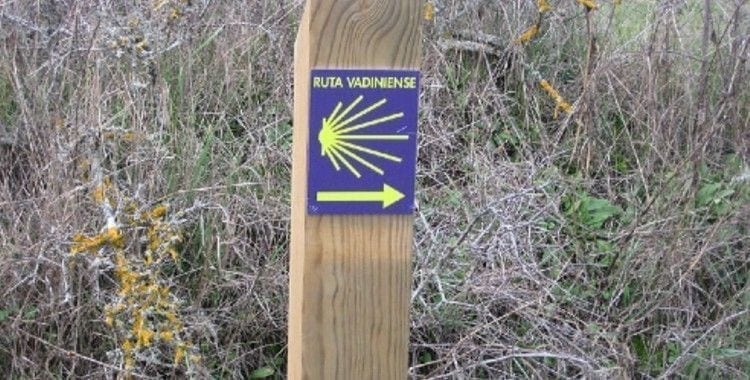
Vadinian Way Signage
Origin and History of the Vadinian Way
The name “Vadinian” comes from the ancient pre-Roman tribe of the Vadinians, whose territory covered much of western Cantabria, eastern Asturias, and northeastern León—roughly where this route runs today. Its path partially follows an old Roman road that connected the Cantabrian coast with the plateau.
Although it has limited Jacobean tradition, the Vadinian Way serves as a link between the Northern Way (in San Vicente de la Barquera) and the French Way (in Mansilla de las Mulas), passing through the so-called Lebaniego Way and the Monastery of Santo Toribio de Liébana, where pilgrims venerate the Lignum Crucis. It is one of the lesser-known Jacobean routes, perfect for those seeking an authentic, uncrowded journey, although demanding in some mountain sections.
From San Vicente de la Barquera to Lebeña, you’ll follow the red arrows of the Lebaniego Way, and from the Monastery of Santo Toribio onward, the classic yellow Jacobean arrows. This way, you’ll first enjoy the route to the Lignum Crucis and then join the Vadinian Way to reach the great Jacobean axis of the French Way toward Santiago.
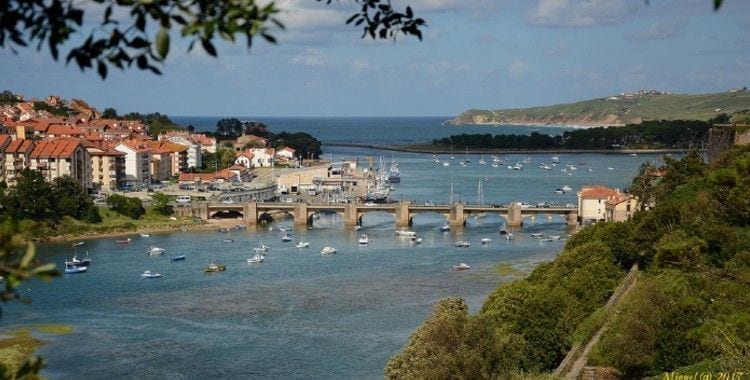
San Vicente de la Barquera
Stages of the Vadinian Way: A Step-by-Step Journey
The Vadinian Way consists of 10 stages totaling around 212 km from coast and mountain to the Leonese plateau. Each section offers its own charm: forests, gorges, high mountain passes, and farmlands—always accompanied by history and silence.
Stage 1: San Vicente de la Barquera – Cades (23.7 km)
Starting by the Cantabrian Sea in San Vicente de la Barquera, with its golden beaches and the Church of Santa María de los Ángeles. The trail climbs through rural paths to Cades, passing oak forests and old ironworks.
Stage 2: Cades – Cicera (15.7 km)
A short but intense stretch: it climbs through mountain meadows with views over the Deva Valley. In Cicera, a small hostel and the rich cuisine of Liébana await.
Stage 3: Cicera – Potes (20.5 km)
Crossing the Hermida Gorge, you descend into Potes, the capital of Liébana. Its historic center, with the Infantado Tower, is perfect for strolling and resting.
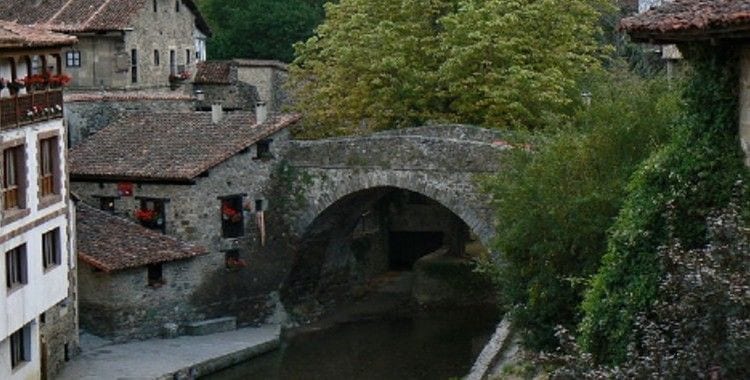
Potes
Stage 4: Potes – Espinama (26.3 km)
Leaving Potes towards the National Park, first along forest tracks, then through high mountain paths. Espinama is a charming stone village to rest before the big ascent to Fuente Dé.
Stage 5: Espinama – Portilla de la Reina (24.0 km)
A demanding stage crossing mountain passes like Pandetrave; the descent takes you to Portilla de la Reina, offering stunning views of the peaks.
Stage 6: Portilla de la Reina – Riaño (19.9 km)
Descending through alpine pastures and ridges to the Riaño reservoir, a scene of mountain reflections. The rebuilt village has good services and a memorable evening walk.
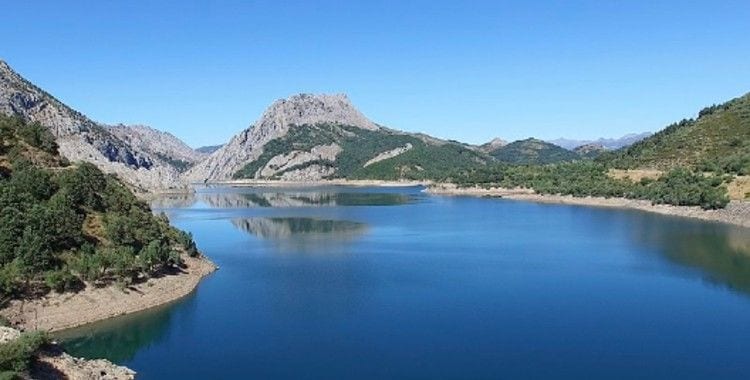
Riaño
Stage 7: Riaño – Crémenes (19.7 km)
Following the Esla River through oak groves and meadows. In Crémenes you can see the Roman Road of the Esla and its Neo-Romanesque church.
Stage 8: Crémenes – Cistierna (16.6 km)
A gentle stage through farming valleys to Cistierna, with its Romanesque church and arcaded square—perfect for a break.
Stage 9: Cistierna – Gradefes (22.8 km)
You’ll walk through pastures and riverbanks to the Monastery of Santa María la Real de Gradefes, a Cistercian gem.
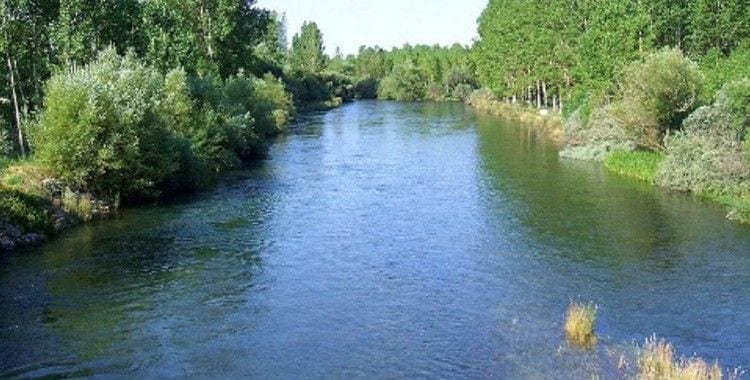
Grafedes
Stage 10: Gradefes – Mansilla de las Mulas (23.1 km)
The final stage descends along farm roads to the Leonese plains and ends in Mansilla de las Mulas, where you’ll find the yellow scallop shell marking the French Way.
Features and Tips for Your Vadinian Way
If you’re thinking of embarking on this adventure, keep the following in mind:
- Difficulty: It’s the toughest of the Jacobean routes, with significant elevation gains in Cantabria (up to 1,794 m). However, there are no dangerous sections, and it’s suitable for fit hikers.
- Signposting: Good in Cantabria (red arrows of the Lebaniego Way), and variable in León, with some very clear parts and others where GPS, a Camino app, or a printed guide is recommended. From Santo Toribio onward, the yellow Jacobean arrows will guide you easily.
- Recommended season: Late April to early October. The best months are May, June, September, and October, with mild weather and blooming or autumnal landscapes. July and August may bring storms, and in winter the Horcada de Valcavao pass gets heavy snow.
- Gear: Well-broken mountain footwear, breathable layered clothing, a light backpack, optional trekking poles, and a basic first aid kit. Don’t forget sunscreen and plenty of water each day.
- Notable variants: From Potes to Portilla de la Reina, you can take a variant via San Glorio Pass (saving 10 km, but missing out on spectacular trails). At the end, you can join the French Way in Mansilla de las Mulas or take a detour to Puente de Villarente.
Reasons to Choose This Camino
The Vadinian Way is for those seeking to escape the crowds. Here, you’ll find peace, silence, and raw nature. Walking through the wild soul of the Picos de Europa—with its jagged peaks, glacial lakes, and forests—is a unique sensory experience. The Deva and Esla valleys lead you through stone villages and centuries-old traditions where rural hospitality makes you feel at home. Each stage is a gift to the senses and the spirit.
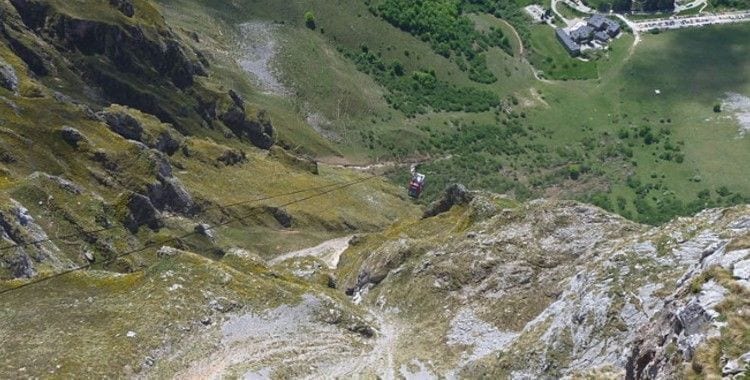
Picos de Europa
The Vadinian Way is an immersion into the history, spirituality, and wild nature of northern Spain—a challenge that will leave a mark on your body and soul. Are you ready to begin this adventure?

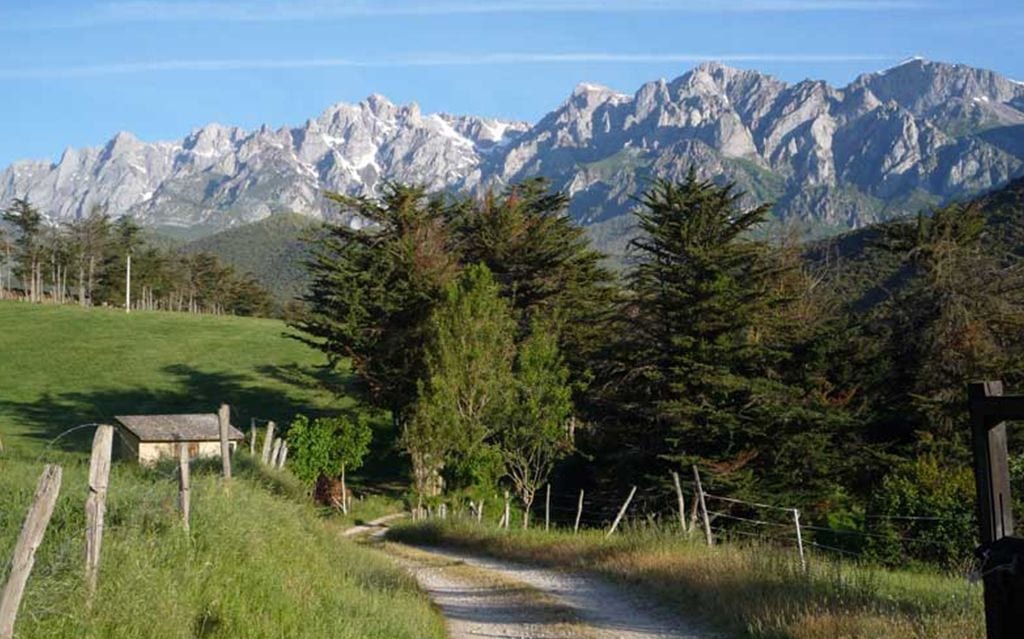










Leave A Comment